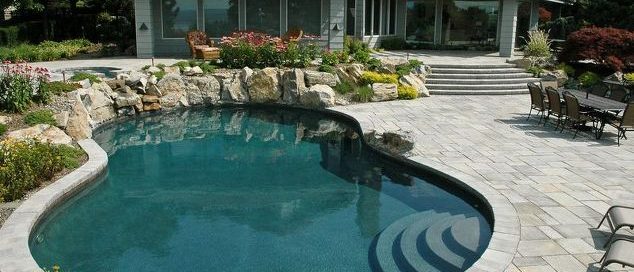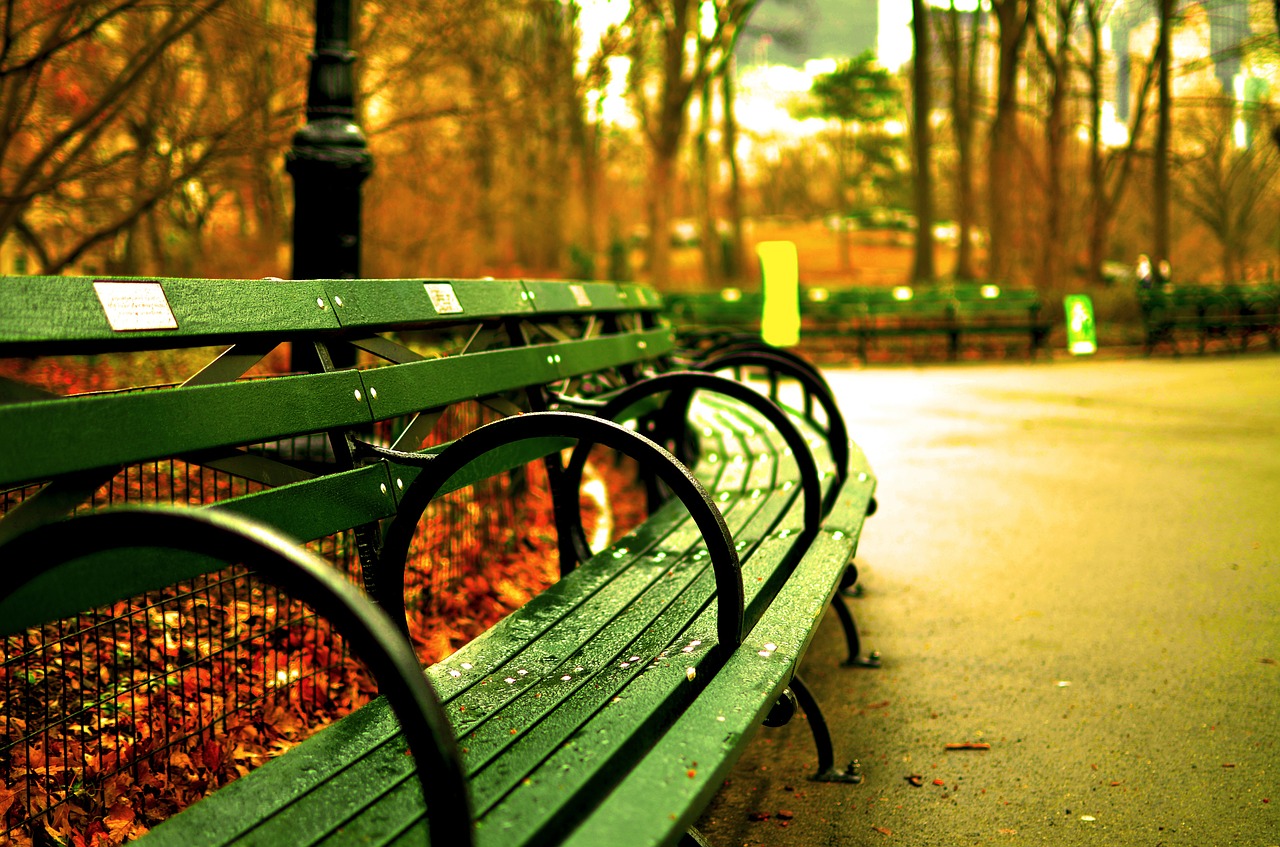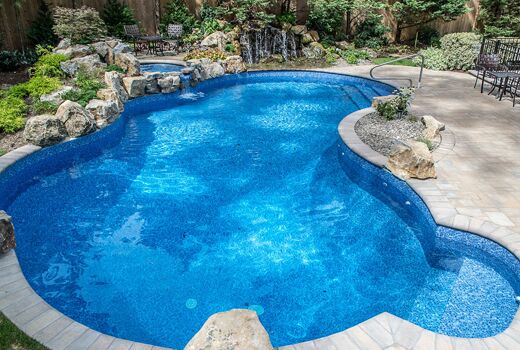3 Key Reasons to Choose the Right Pool Patios
“People love their pool patios,” says Dave Stockwell, owner of Deck and Patio. “In fact, they probably use their pool surrounds for sunbathing, dining and just lounging a lot more than they use the pool.”
Whether clients choose to surround their pool with landscaped grass, wood (or decking composite materials), stone (e.g., Travertine), poured concrete, or pavers, there are 5 key things to consider.
1. Okay for Bare Feet
No one wants to wear shoes or sandals beside a pool — and not just because they cause tan lines!
But, ouch, pool surrounds can retain a lot of heat in the Northeast, where summer heat can be very intense. So choosing a material that does not trap heat is an important consideration to save you from blisters.
“Unless you have a lot of shade around your pool, you want to stay away from brick or bluestone,” says Dave. “Yet, you can still have the elegance of natural stone. Travertine, for example, is a good choice because as it does not absorb heat like other stone materials.”
For those who prefer the look of wood, composite decking can be a good choice because you can be sure there will be no splinters that might occur with plain natural wood.
Deck and Patio has done beautiful pool decks using Trex Transcend decking, as well as Fiberon and TimberTech. Note: Because of Fiberon’s grooved design, the board fasteners are hidden, which means there are no nails to ever injure bare feet either.
“As for certain pavers, they are also a good choice, especially lighter-hued tones which will naturally hold less heat,” says Dave.
2. Staying Cool
“You don’t want to get overheated when sunbathing,” says Dave. “This is one reason tanning shelves have become so popular. Part pool amenity and part extension of your pool patio, these shelves (a.k.a. ledges, Baja ledge, doggie deck) — allow sun bathers to sit in shallow pool water where they can splash water around themselves whenever they want.
Another way to stay cool and extend your patio into your pool, is a swim up bar. These bars can be enjoyed from the patio itself or from in the pool. Add an umbrella, and you won’t know if you are home or on vacation in the Caribbean.
3. Need for Durability
While in many areas of the country, pool use is seasonal, outdoor living lasts at least from spring through fall. Even if the pool isn’t open, the pool area is used a good deal for just relaxing or regular entertaining.
“Composite decking materials are very durable and low maintenance,” says Dave. “They are also rot, insect, moisture, fade resistant. Regular wood does need to be treated on a regular basis, but if you choose a wood like Brazilian Walnut hardwood (Ipe), it has the strength, hardness and durability to resist splintering, termites, wear, etc.”
The right pavers, e.g., Techo-Bloc which are engineered in Canada, stand up extremely well to the freeze/thaw that occurs in our part of the Northeast.
Travertine is also very durable — just be sure it isn’t coming from say, China, where the Travertine they quarry is not nearly as durable as more costly Mexican, Italian and Turkish Travertine. If you get your stone through a reputable company, it should hold up to the weather changes that occur the Northeast.
“So make sure your pool patio doesn’t absorb too much heat, is slip resistant, and won’t cause you splinters or any feet tearing. Stay cool when sunbathing, and choose a pool surround material that is durable,” says Dave. “There’s a wide range of good choices available. Speak with an expert and share what your style and preferences are. Experienced patio landscapers will help you find the perfect surround for your pool, and design the outdoor space to maximize your enjoyment.”
Note: Re the featured photo at the top of the page: the reconfigured upper patio — where our clients liked to sit in the shade and enjoy the view — was extended to allow room for lots of comfortable outdoor furniture, thereby allowing several people to be out of the sun at the same time.




























